Discover Kruger National Park's best birding drives and species, from Pel's Fishing Owl to bee-eaters. Enjoy birdwatching at Needles Lodge, your tranquil safari base.
The Graceful Impala: Kruger's Ballet Dancer of the Bush
Explore the grace and importance of the Impala in Kruger National Park. Learn fascinating facts and discover how you can observe them up close at Needles Lodge, Marloth Park.
There are few sights in the African bush as quintessential as a herd of Impala gliding across the savannah, their sleek bodies carving through tall grass like dancers in a perfectly choreographed ballet. Common? Yes. But ordinary? Absolutely not.
Their very abundance has made them overlooked – like background extras in a blockbuster safari. But spend just a few moments watching them from the shaded deck of Needles Lodge here in Marloth Park, and you’ll begin to appreciate the silent magic they bring to the bush.

Kruger's Most Agile Antelope
In the animal kingdom, form follows function. The Impala is built for movement: long, slender limbs for speed; a compact body for agile manoeuvring; and a spring-loaded frame that can leap over three metres high and cover ten metres in a single bound.
These feats are not just for show – though they are a marvel to witness. They are nature’s way of evading danger, particularly in the predator-rich Kruger National Park, just minutes from Needles Lodge. Their athleticism often draws comparisons to the Lichtenstein’s Hartebeest, the elusive antelope of open plains, but unlike the solitary hartebeest, impalas thrive in bustling herds.
And it’s here where their true charm lies.
The Social Symphony of the Savannah
The bush is a symphony of relationships, and Impala are master orchestrators. You’ll find them in large breeding herds, often guarded by a single dominant male during the rutting season, which peaks from March to May.
These alarm calls also serve a greater purpose. Like the Fork-Tailed Drongo – Kruger’s little black daredevil – impalas are vital to the bush’s early warning system. One sudden bark from an impala and the whole ecosystem listens.
And just as the Cape Porcupine uses quills to send predators running, the Impala uses confusion and cohesion. When they flee, their black and white tail markings ripple like strobe lights – creating chaos for pursuing predators.
An Eco-Engineer in Hooves
You might not think of impalas as ecosystem engineers, but their feeding habits help manage vegetation, disperse seeds, and sustain carnivores from wild dogs to leopards. In fact, they’re so fundamental that some ecologists jokingly call them the “Kruger snack bar.”
Their fascial grooming glands on their hind legs – used to strengthen social bonds and keep parasites at bay. Even in hygiene, impalas are team players.
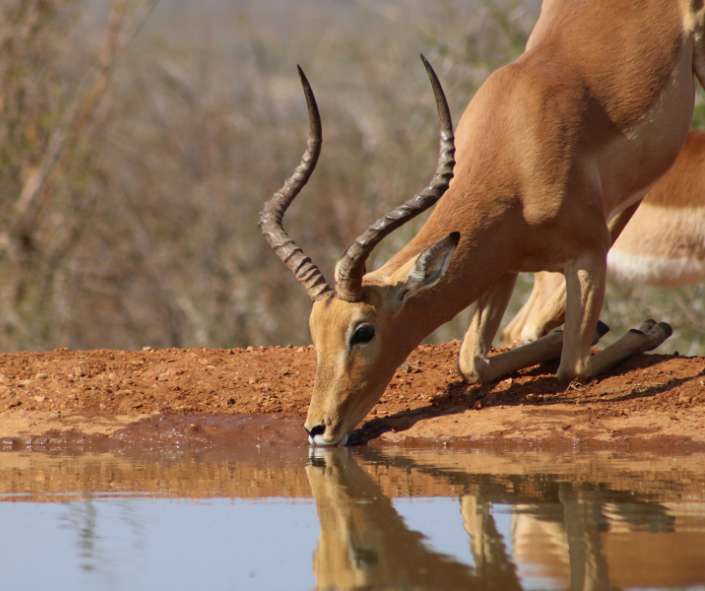
Where to Spot Them
At Needles Lodge, impalas are part of the welcome committee. You might find them browsing quietly near your suite, their delicate legs weaving through the bush as zebra and warthogs look on. And if you’re joining one of our guided game drives into the southern Kruger, keep your eyes peeled for bachelor groups standing alert like statues in the early morning mist.
They're not as elusive as the Serval or as thunderous as a buffalo herd, but there’s something quietly profound about sharing space with a creature so integral to the bush's rhythm.
Rediscovering the Familiar
It’s easy to become jaded in the presence of lions, elephants, or rhinos. But true bush lovers – the ones who’ve returned again and again to the Lowveld – know that the most meaningful moments often come not from the rare, but from the deeply known.
The Impala may not make your “Big Five” checklist, but it will make your memory reel. That moment of stillness as a dozen pairs of soft brown eyes lift to meet yours… That graceful bound across a dry riverbed… That rhythmic flick of tails as the day fades into dusk.
That’s what the bush is really about.
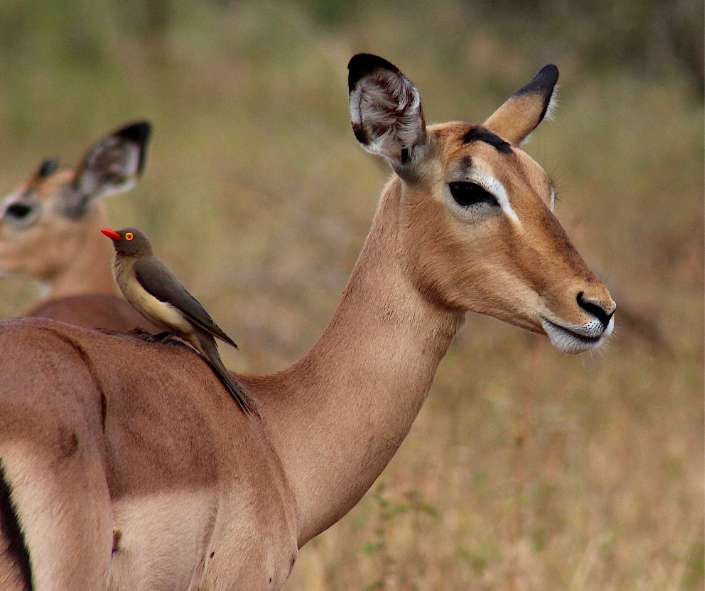
Why Impalas Matter
They are the unsung heroes of the bush – prey species, yes, but also cultural icons, ecosystem stabilisers, and photographic muses. Their very survival is a testament to adaptability and cooperation.
And they are always here, waiting, just outside your door at Needles Lodge.
Inspired to See Them Up Close?
Book your next safari adventure with us at Needles Lodge, your luxury base in Marloth Park, bordering the magnificent Kruger National Park. You’ll not only see impalas – you’ll begin to understand them.
Further Reading
Did you know that the Cape Porcupine is the largest rodent in Southern Africa? This species is found throughout southern and central Africa, including South Africa, Kenya, Uganda, and the Congo. And as the official Needles Lodge logo it’s one of our favourite animals!
Travelling abroad can sometimes seem quite intimidating. However there are many common sense tips on how to stay safe when travelling to South Africa.

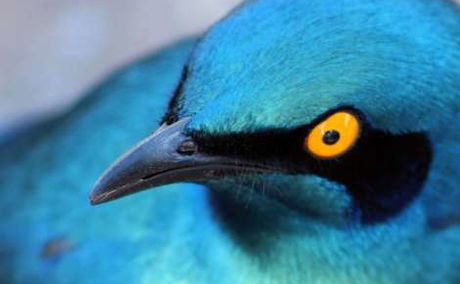


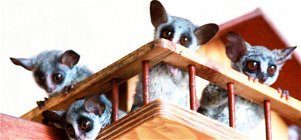
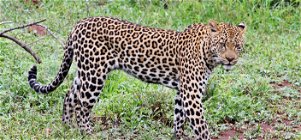
Share This Post